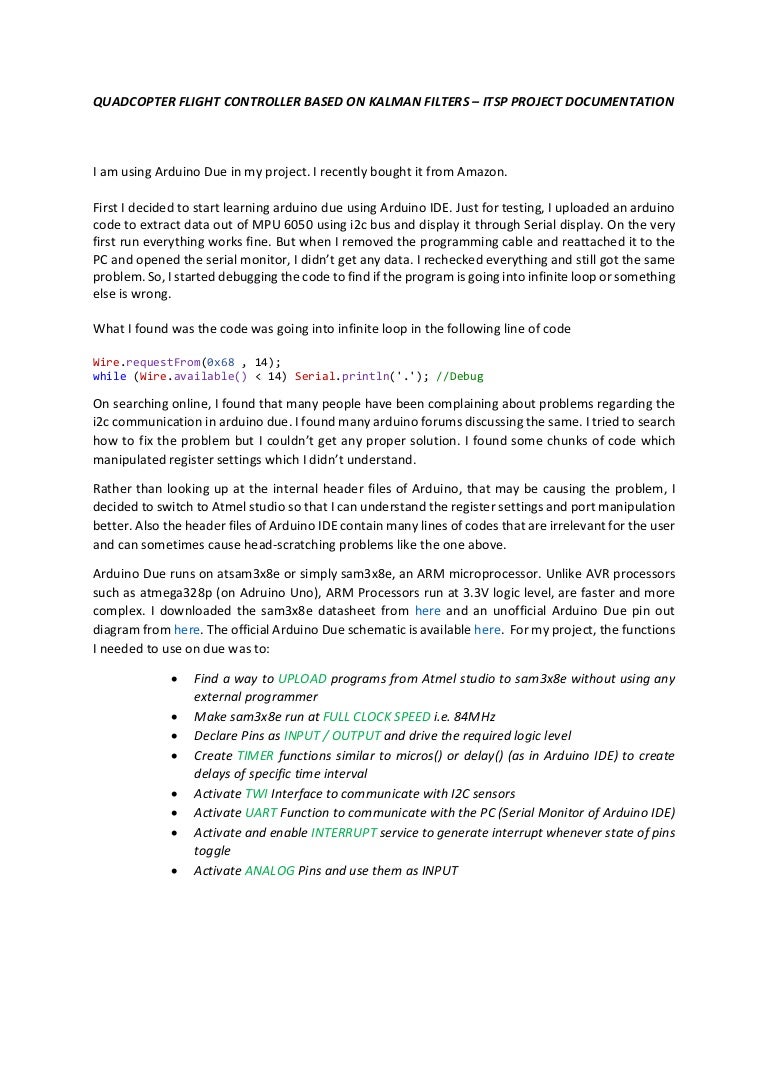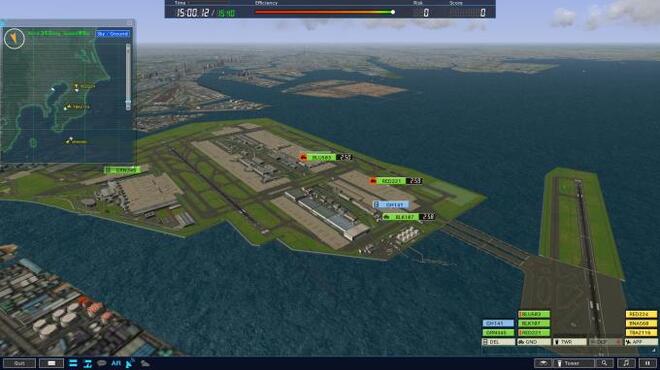

At Phoenix at least, we don't have paper and a pen to write things down, so that means I'm limited to what I can type into the computer. The biggest difference between approach and tower is paper.

If you give me all that on initial call and block my frequency, chances are I'm just waiting for you to stop talking so I can make my transmission to the higher priority aircraft, and not actually listening to what you're saying.

This is especially important in satellite sectors where you're running multiple approaches to multiple airports. I prefer this because if you make a call and give me all the info initially, I may not be ready to type it in, or more importantly, I have a higher level priority coming up that I need to make sure the radio is clear of. Some people want them to say it all, but I personally want someone to just say "Phoenix approach, N12345 VFR request".
#I am an air traffic controller 3 serial code how to
How To Call An Approach Controller (TRACON) When we are busy, that puts us behind very quickly. That means we have to issue traffic for those 40 miles. If you tune in to 118.6 and we are dead silent, go ahead and give us all the information at once.Īs a side note related to this question, most of us (tower controllers) have our radar zoomed out to only about 12 miles, so a good distance to call us would be about 8-12 miles out from the airport, and I wouldn't call any earlier than 15 miles out.Ĭalling us from 40 miles out is too early. How can you tell if we're busy? If you're trying to call the tower and you can't get a word in edgewise, we are busy. When we address you, then you can give us your location, ATIS, and request. This tells us someone wants something so we can at least write down your callsign. When we are busy, simply say "Metro Tower, Cessna 833PB". That way we can avoid asking a lot of follow-up questions. You can enjoy experiencing the new and old traffic across the game stages.As long as we aren't busy, it's preferred to call up with everything all at once "Metro Tower, Cessna 833PB, 10 miles north with Delta inbound for (request)". In contrast to the game stage using two runways, in the extra stage, the number of runway is limited to one. Differences in speeds need attention, too. Choose the takeoff timing carefully for passenger aircraft. Be careful for F-15 fighters which need a specific landing method. Safe operation in an interference area requires coordination of the space and altitude gaps. On the radar, an interference area is displayed as an area where the regular Naha aircraft and the Kadena base aircraft can be crossing. Cumulonimbus cloud (Cb) will cause airflow turbulence, and approaching is quite dangerous. Take care with gaps in speed, altitude, and the flight route for precise ATC directions, to realize the Safety and Effectiveness of the airport. To meet increasing aviation demands, the international terminals have been renovated, the new ATC tower was moved, and the No.2 runway was expanded, and in 2020, the shared use started.Īdding to regular flights in and out of Japan, there are island flights, and fighters taking off and landing at the Kadena base. Naha Airport is used for joint military-civilian use, busy with many aircraft of various types.

Naha Airport (OKA/ROAH) in Okinawa, the leading resort island in Japan served by many aircraft both national and international airlines.


 0 kommentar(er)
0 kommentar(er)
